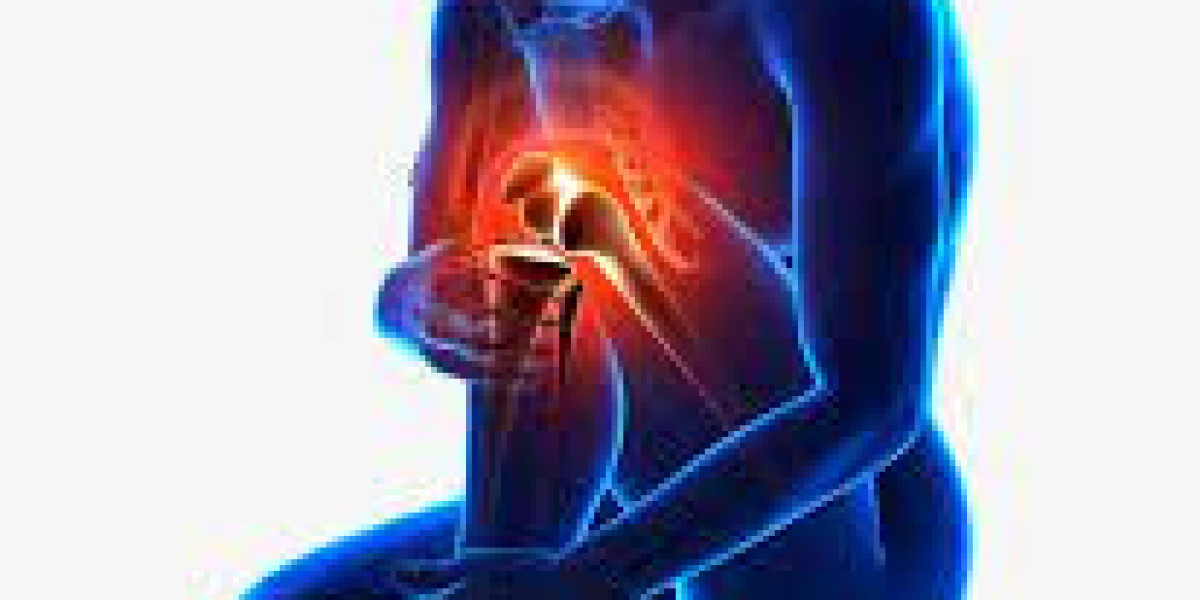Understanding the Impact of Hormones on Pain Levels
The feeling of pain is complex and impacted by a range of social, psychological, and biological factors. Hormones are one of these, and they are important, but frequently underestimated. The chemical messengers known as hormones, which are generated by the endocrine glands, have a significant impact on our perception and experience of pain. This article explores the intricate relationship between hormones and pain levels, examining how changes in hormone levels can affect how pain is perceived and lead to a variety of pain-related illnesses.
Hormones' Part in Pain Perception
Hormones play a vital role in controlling many body processes, including the sense of pain. They influence how we perceive and react to pain management by interacting with the neurological system. Estrogen, progesterone, cortisol, and testosterone are important hormones in this process.
Hormones and Sensitivity to Pain
The main sex hormone in women, estrogen, has a well-established effect on pain sensitivity. According to research, estrogen can improve pain perception by making the body's pain receptors more sensitive. Women are especially affected by this phenomenon since their pain thresholds frequently change during their menstrual cycle. Women may be more sensitive to pain during the luteal phase of the cycle, when estrogen levels are at their highest. Pain is frequently worsened by conditions like endometriosis and premenstrual syndrome (PMS), which are influenced by estrogen levels.On the other hand, by regulating hormonal fluctuations, the use of estrogen-based medicines, such as hormonal contraceptives or hormone replacement therapy, can occasionally relieve chronic pain disorders. This demonstrates how, depending on the situation, estrogen can both exacerbate and possibly even lessen pain.
Progesterone and the Regulation of Pain
Another important hormone for women, progesterone, has a more nuanced connection to pain. The luteal phase of the menstrual cycle is when this hormone peaks, and it typically calms the nervous system. It is believed that progesterone possesses analgesic qualities, meaning it can lessen the experience of pain. But progesterone and estrogen levels must be balanced; an imbalance might cause heightened pain sensitivity. For instance, some female patients with fibromyalgia claim that their symptoms get worse during periods when progesterone is less than estrogen.
Cortisol and Pain Caused by Stress
The adrenal glands release cortisol, also referred to as the "stress hormone," in reaction to stress. It helps control inflammation and is important for the body's fight-or-flight reaction. In the beginning, elevated cortisol levels can lessen pain by inhibiting inflammation. On the other hand, persistently high cortisol levels and ongoing stress can have detrimental effects, such as heightened pain sensitivity and the emergence of chronic pain disorders.
Long-term high cortisol levels have been linked to diseases like headaches and persistent back discomfort. Techniques for managing stress, such as mindfulness and relaxation, can help control cortisol levels and, as a result, improve pain management.
Testosterone and the Reaction to Pain
The hormone commonly associated with male sex, testosterone, affects how pain is perceived as well. According to research, testosterone may lessen pain sensitivity by having analgesic effects. Men who have reduced testosterone levels frequently report feeling more sensitive to pain and suffering more from long-term pain issues. In men with low amounts of this hormone, testosterone replacement therapy may help reduce discomfort, according to certain studies. Further research is necessary since the association between testosterone and pain is complicated and not fully understood at this time.
Hormonal Effects on Pain States
Hormonal abnormalities are intimately associated with a number of chronic pain syndromes. For example, hormone variations, especially those involving estrogen, frequently have an impact on migraines and migraines connected to menstruation. Different pain thresholds are also exhibited by diseases like osteoarthritis and rheumatoid arthritis in response to hormonal fluctuations.
Pain and the Menstrual Cycle
One well-known example of how hormonal changes affect pain perception is the impact of the menstrual cycle on painful experiences. Because of fluctuations in their levels of progesterone and estrogen, women frequently report more pain or discomfort during their periods. This periodic change in pain management emphasizes how important hormones are in controlling pain.
Chronic Illness and Hormonal Conditions
Chronic pain issues can be made worse by hormonal diseases, such as thyroid dysfunction and polycystic ovarian syndrome (PCOS). For example, pelvic pain and discomfort are common in women with PCOS and may be related to hormone abnormalities. Thyroid issues can also affect how sensitive you are to pain and play a role in chronic fatigue syndrome and fibromyalgia.
In summary
Hormones have a major role in how we perceive and respond to pain, with each hormone having a distinct effect on how sensitive we are to pain. For example, progesterone and estrogen can both increase and decrease pain, and cortisol and testosterone have different effects on how pain is perceived. Gaining an understanding of these hormonal effects can help with better pain management, especially for situations where hormonal swings are present. In order to address the intricate relationship between hormones and pain and eventually improve the quality of life for those with chronic pain disorders, more study in this area is essential.








